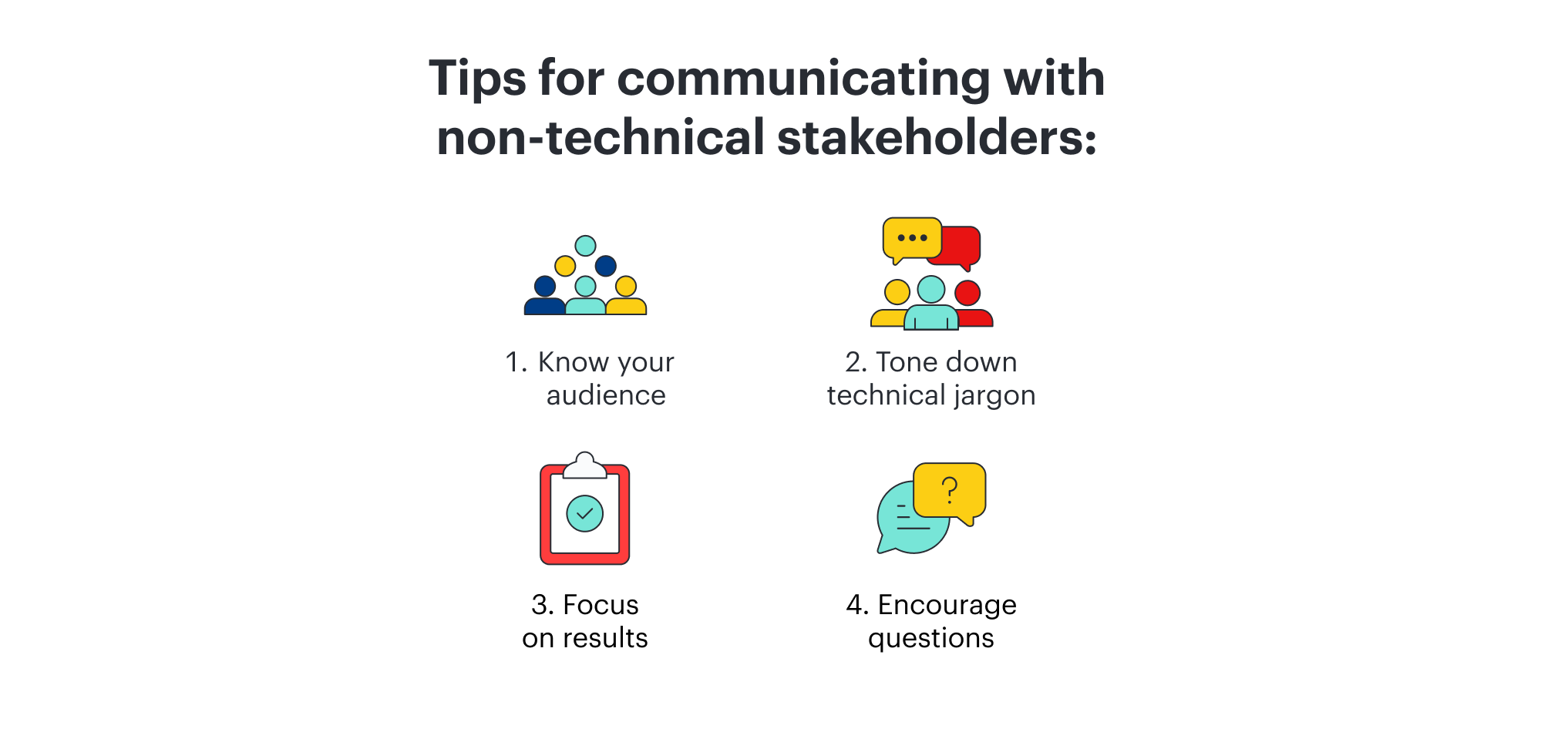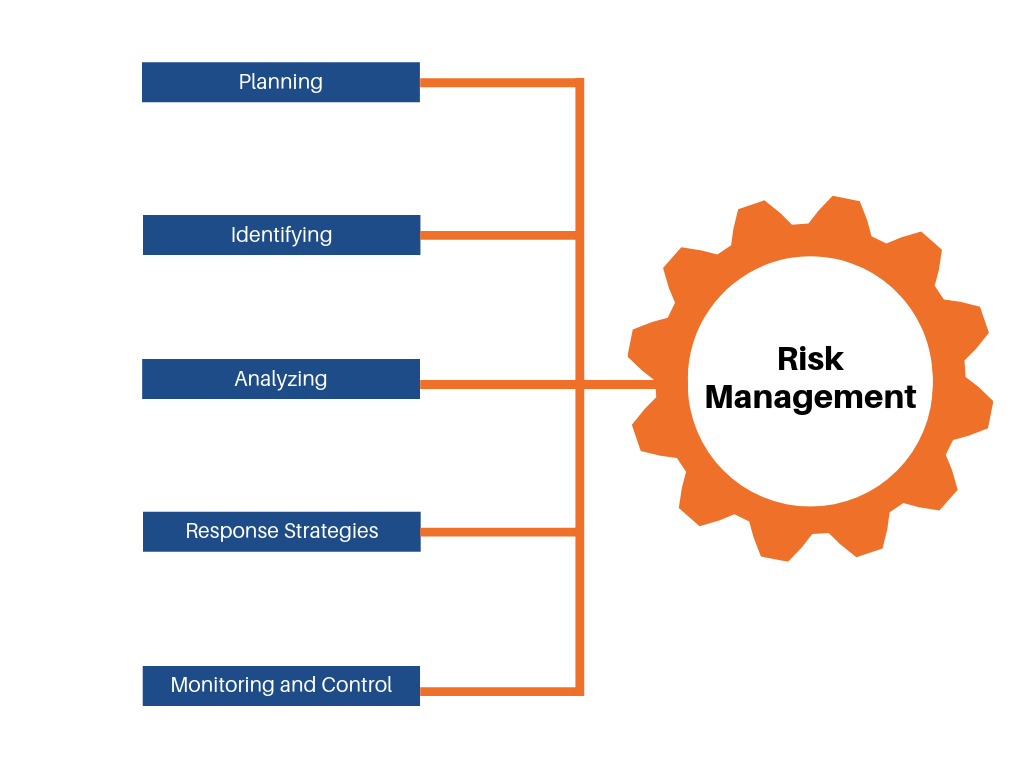Design optimization is an essential step in achieving cost-effective manufacturing. By optimizing your designs, you can reduce material waste, lower production costs, and improve product quality. In this blog post, we will explore some key steps that can help you optimize your designs for cost-effective manufacturing.
Step 1: Define Your Manufacturing Requirements
The first step in design optimization is to define your manufacturing requirements. This includes considering factors such as the production volume, production rate, assembly processes, and any regulatory or compliance requirements. Once you have a clear understanding of your manufacturing requirements, you can start designing with cost-effectiveness in mind.
Step 2: Conduct a Design for Manufacturing (DFM) Analysis
A Design for Manufacturing (DFM) analysis is a process that evaluates the design’s manufacturability and identifies any potential design flaws or issues. This analysis can help you identify areas where you can reduce material waste, simplify production processes, and optimize assembly.
Step 3: Use Cost-Effective Materials and Components
Selecting cost-effective materials and components is essential in achieving cost-effective manufacturing. Consider using materials that are readily available and cost-effective. Also, consider using modular components that are easy to manufacture and assemble.
Step 4: Implement Lean Manufacturing Principles
Lean manufacturing principles can help you optimize your production processes and reduce waste. Consider implementing lean manufacturing principles, such as Just-In-Time (JIT) inventory management, value stream mapping, and Kaizen continuous improvement methodologies.
Step 5: Perform Simulation and Testing
Performing simulation and testing can help you validate your design’s manufacturability and identify any potential issues before production begins. Simulation and testing can include finite element analysis, tolerance analysis, and prototyping.





